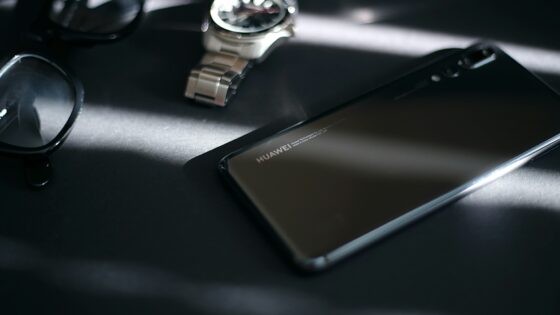Who knew it was so simple?
Critics of solar power systems often cite the fact that when the sun goes down, solar panels can’t deliver any more electricity. This is a fair point; though solar power systems can store electricity, we haven’t yet developed a means of storing a lot of it long-term. In order to truly maximize the efficiency of a solar power system, we would need to get them to work at night somehow. But how do you capture solar power when there’s no sun? Well, you don’t. So you just gotta do it backwards.
Professor Jeremy Munday of the Department of Electrical and Computer Engineering at UC Davis has published a paper detailing the design of what he likes to call an “anti-solar panel.” The basic theory works like this: a normal solar panel is a cold surface that receives heat from the sun as infrared light. Energy is grabbed from the reaction that comes from stuff heating up. Space is also very cold, especially when the sun is out of view, so theoretically, if we were to point a hot panel into the cold depths of space, a similar energy-producing diffusion of temperature would occur.
The only drawback to this idea is that an anti-panel would only be able to produce about a fourth of the energy of a regular solar panel, but ideally, a bunch of them, along with any energy stored from the day, would be enough to tide someone through the night. Munday and his team of researchers are currently working on a prototype anti-panel with mercury alloys to capture long wavelengths of light. Other researchers are currently working on similar ideas, such as a thermoelectric generator radiating heat into the sky. If someone could get this working (along with some better batteries), we might be able to obtain effectively limitless clean energy.
































